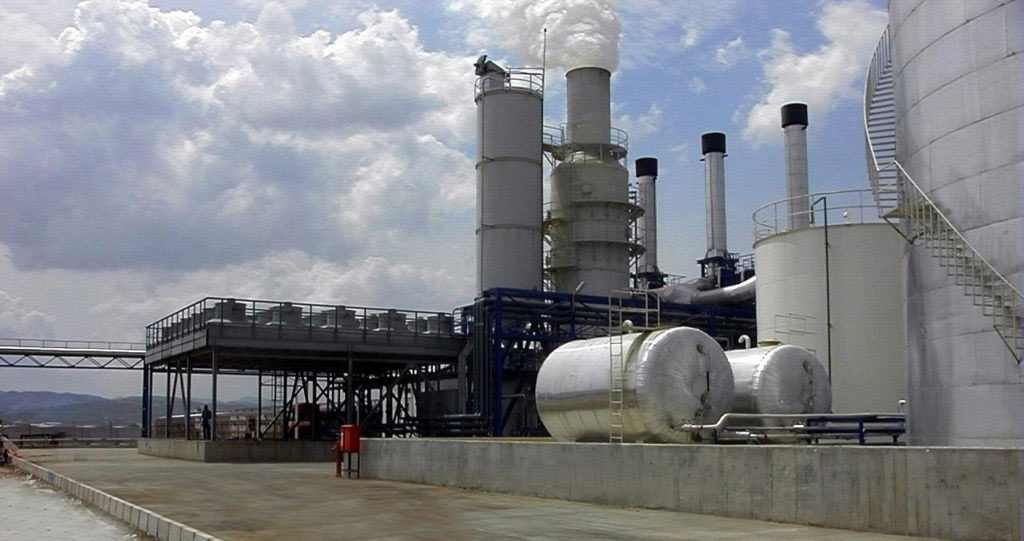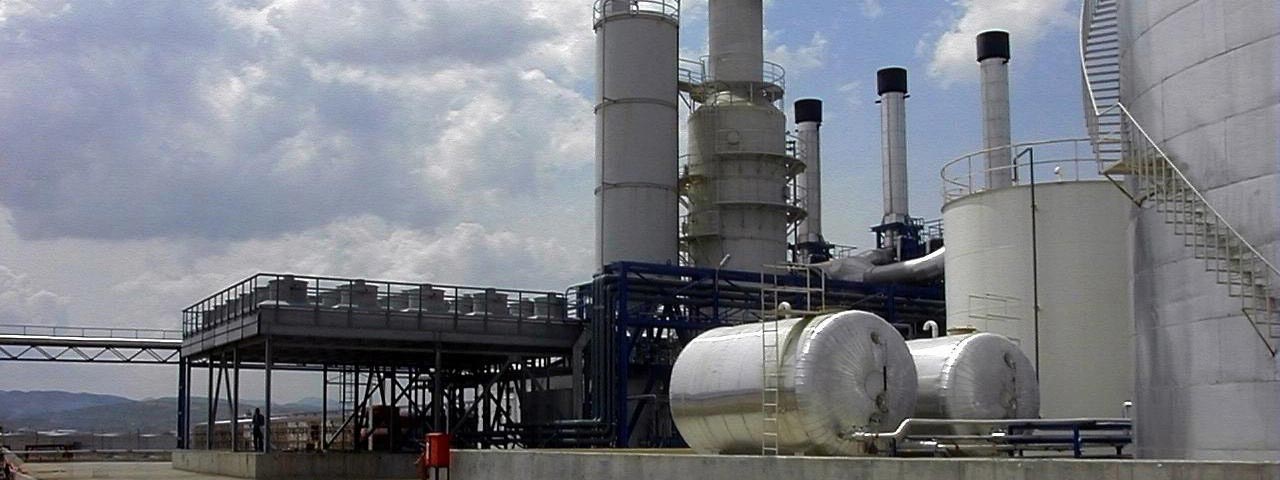Exhaust gases produced from industrial processes often contain substances that are harmful to the environment. Because of this, facilities are required to take measures to remove pollutants before gases can be released into the atmosphere. Wet and dry industrial scrubbers are two of the most effective pollution removal technologies. Here is a brief overview of each.

Wet Industrial Scrubbers
Wet scrubbers are one of the most versatile and cost effective pollution control technologies. In fact, wet scrubbing processes generally are capable of removing more than 99% of air particulate matter and capturing aerosols less than 3 µm.
The technique involves passing contaminated gas through a liquid designed to remove pollutants. Liquids may be positive or negatively charged and differ in chemical composition to ensure binding and removal of the contaminants being expelled.
Surface area of the liquid has a significant impact on the overall effectiveness of wet scrubbers. The degree to which liquid is mixed with the incoming gas stream can also impact its operation. Because of high moisture levels, wet scrubbers often produce waste water and highly visible clouds of steam discharge from chimneys, which may or may not require additional waste removal measures depending on the application.
Dry Industrial Scrubbers
In contrast, and as the name suggests, dry industrial scrubbers aim to remove pollutants from exhaust gases without the use of liquid. Instead, dry industrial scrubbers utilize a dry reaction material known as “sorbent”, such as alkaline slurry. They are primarily implemented for removal of acid from gas.
Once again, surface area is critical, so gas is passed through a sorbent “dust” to maximize binding. Dry industrial scrubber systems routinely include a material/substance that facilitates the removal of the reaction material after it is bound to the contaminant.
While dry industrial scrubbers generally aren’t capable of achieving the same level of pollutant removal as wet scrubbers, they are better suited for certain applications, particularly in facilities that do not have infrastructure in place to properly handle produced wastewater.
Honiron Manufacturing is an industry-leading designer and manufacturer of pressure vessels. For more information or to speak with one of our qualified experts, contact us today.
